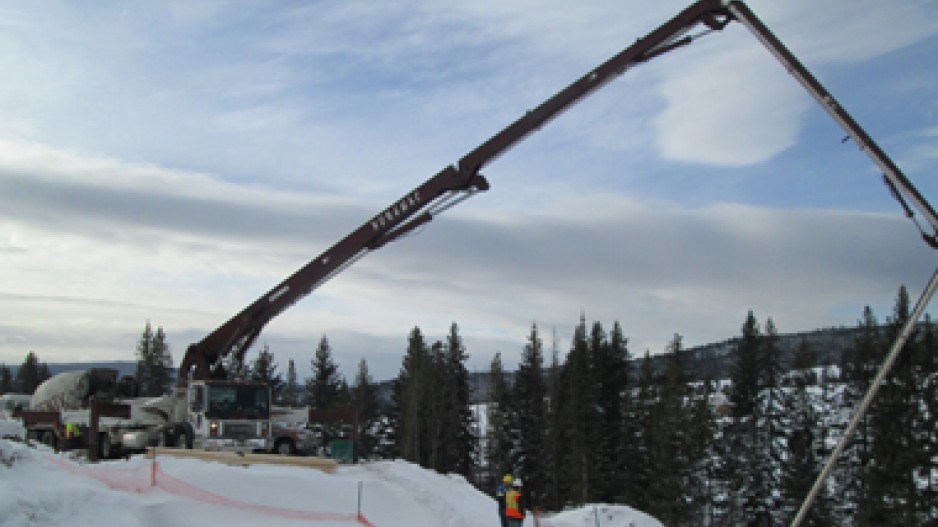Whether you live in Merritt or False Creek, you may be wondering what BC Hydro is up to these days.
Contractors for the power utility have been busy throughout B.C. in recent weeks laying the groundwork for $1.4 billion worth of new high-voltage transmission lines.
One $114 million project (Invermere to Golden) has already been completed and three other major projects are well underway. They include a new $709 million, 247-kilometre high-voltage Interior-Lower Mainland line from Merritt to Coquitlam and the $560 million Northwest Transmission project, which will power new mines in northern B.C.
“It’s the largest project we’ve built on our system in over 20 years,” Melissa Holland, director of major project delivery for BC Hydro’s transmission and distribution group, said of the Merritt-Coquitlam project.
BC Hydro is also spending $170 million upgrading the transmission network between False Creek and Mount Pleasant. The project included tunnelling under False Creek and building a new three-storey substation in Mount Pleasant. It’s slated for completion in the spring of 2014.
“It’s the most significant investment that BC Hydro has made in Vancouver’s electricity system in the last 30 years,” said Greg Reimer, executive vice-president of BC Hydro’s transmission and distribution business group Reimer said. “We’ve got aging infrastructure. We’ve also got a significant amount of growth.”
In addition to stringing 700 kilometres of new high-voltage lines, BC Hydro is building 11 new substations and upgrading seven.
The most ambitious project is the Interior-Lower Mainland line, which is being built under a design-build contract by a joint venture between Flatiron Construction Corp. and Graham.
It involves the erection of 600 steel towers and the stringing of 2,960 kilometres of wire, much of it in extremely rugged terrain.
An existing high-voltage transmission line between Merritt and Coquitlam will be augmented with a new one, which will run parallel to the existing line for about two-thirds of the way. However, about a third of the line is along new routes. The detour is required to avoid the Fraser Canyon’s challenging geography and First Nations reserve lands.
Because of the mountainous terrain, about 30% of the site has to be accessed by helicopter, according to Bernie Rokstad, project director for the Flatiron-Graham Joint Venture.
“The logistics of getting to the sites is enormous,” Rokstad said, “and when you throw in the inclement weather and the snow, it’s probably the most difficult transmission line that’s ever been built in this country.”




